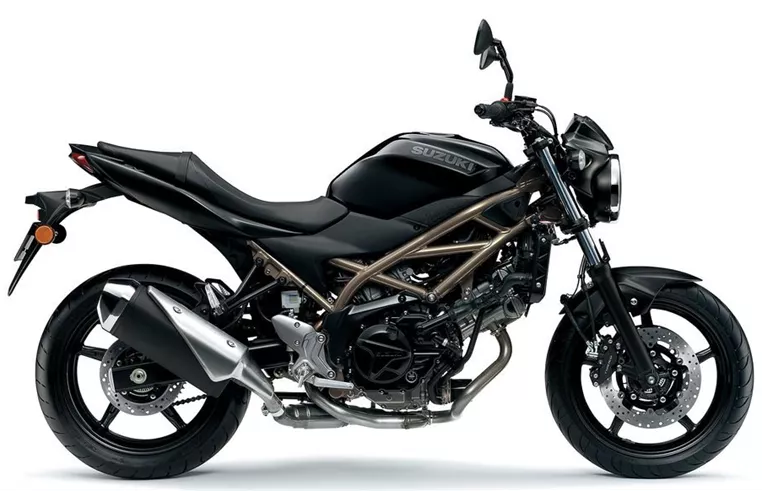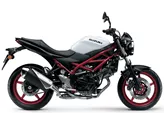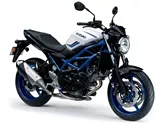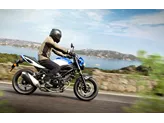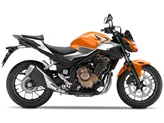Honda CB650F 2014 vs. Suzuki SV 650 2021

Honda CB650F 2014
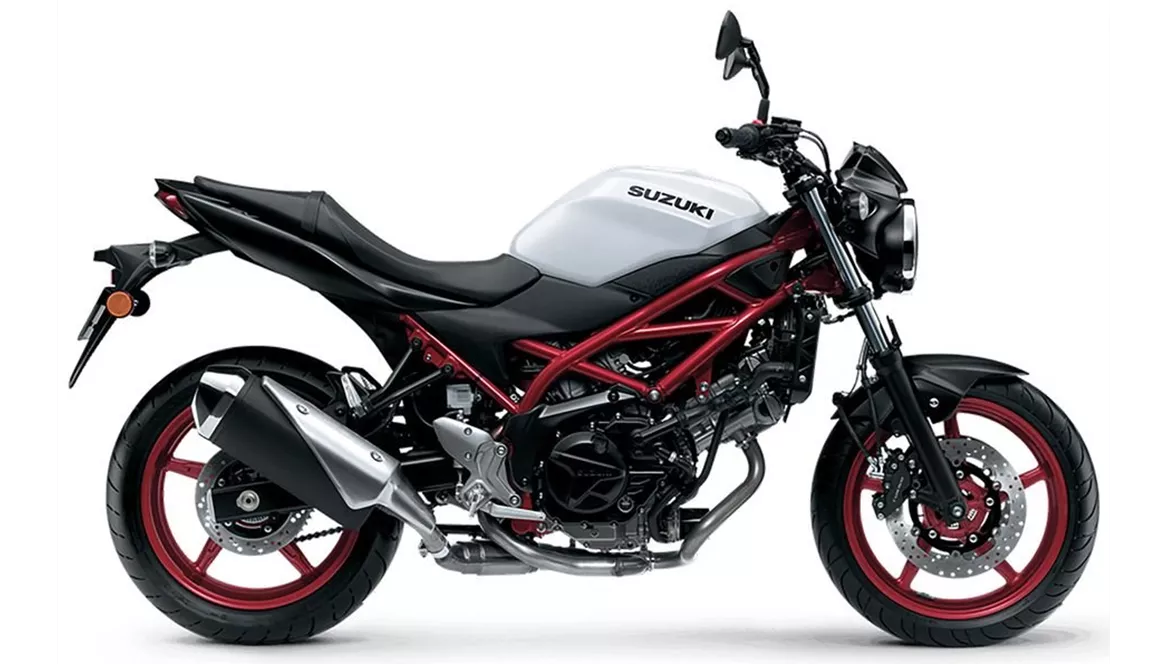
Suzuki SV 650 2021
Overview - Honda CB650F 2014 vs Suzuki SV 650 2021
The Honda CB650F model year 2014 and the Suzuki SV 650 model year 2021 are both naked bikes that offer a sporty and comfortable riding experience. While they have some similarities in terms of their technical specifications, they also have distinct differences that set them apart.
Starting with the Honda CB650F 2014, it is equipped with an inline four-cylinder engine that delivers 87 horsepower and 63 Nm of torque. The engine is liquid-cooled and has a displacement of 649cc. This bike features a steel frame, which provides stability and durability. The front brakes are double disk with double piston calipers, allowing for excellent braking maneuvers. The bike also comes with ABS as an advanced rider assistance system. The dimensions and weights of the CB650F include a front tire width of 120mm, a rear tire width of 180mm, a wheelbase of 1450mm, and a seat height of 810mm. The bike has a kerb weight of 208kg and a fuel tank capacity of 17.3 liters.

Honda CB650F 2014
On the other hand, the Suzuki SV 650 2021 is powered by a V-twin engine that produces 73 horsepower and 64 Nm of torque. Similar to the CB650F, it has a liquid-cooled engine and a displacement of 645cc. The frame of the SV 650 is also made of steel, providing stability and strength. The front brakes are double disk with four-piston calipers, ensuring strong and reliable braking performance. Like the CB650F, the SV 650 is equipped with ABS as an advanced rider assistance system. In terms of dimensions and weights, the SV 650 has a front tire width of 120mm, a rear tire width of 160mm, a wheelbase of 1445mm, and a seat height of 785mm. The kerb weight of the bike is 200kg, and it has a fuel tank capacity of 14.5 liters.
When comparing the strengths of these two bikes, the Honda CB650F 2014 stands out for its excellent braking maneuvers, sporty appearance, and comfortable upright seating position. On the other hand, the Suzuki SV 650 2021 boasts a confident V2 powerplant with character, a stable chassis, a comfortable seating position, easy handling, and a timeless look.
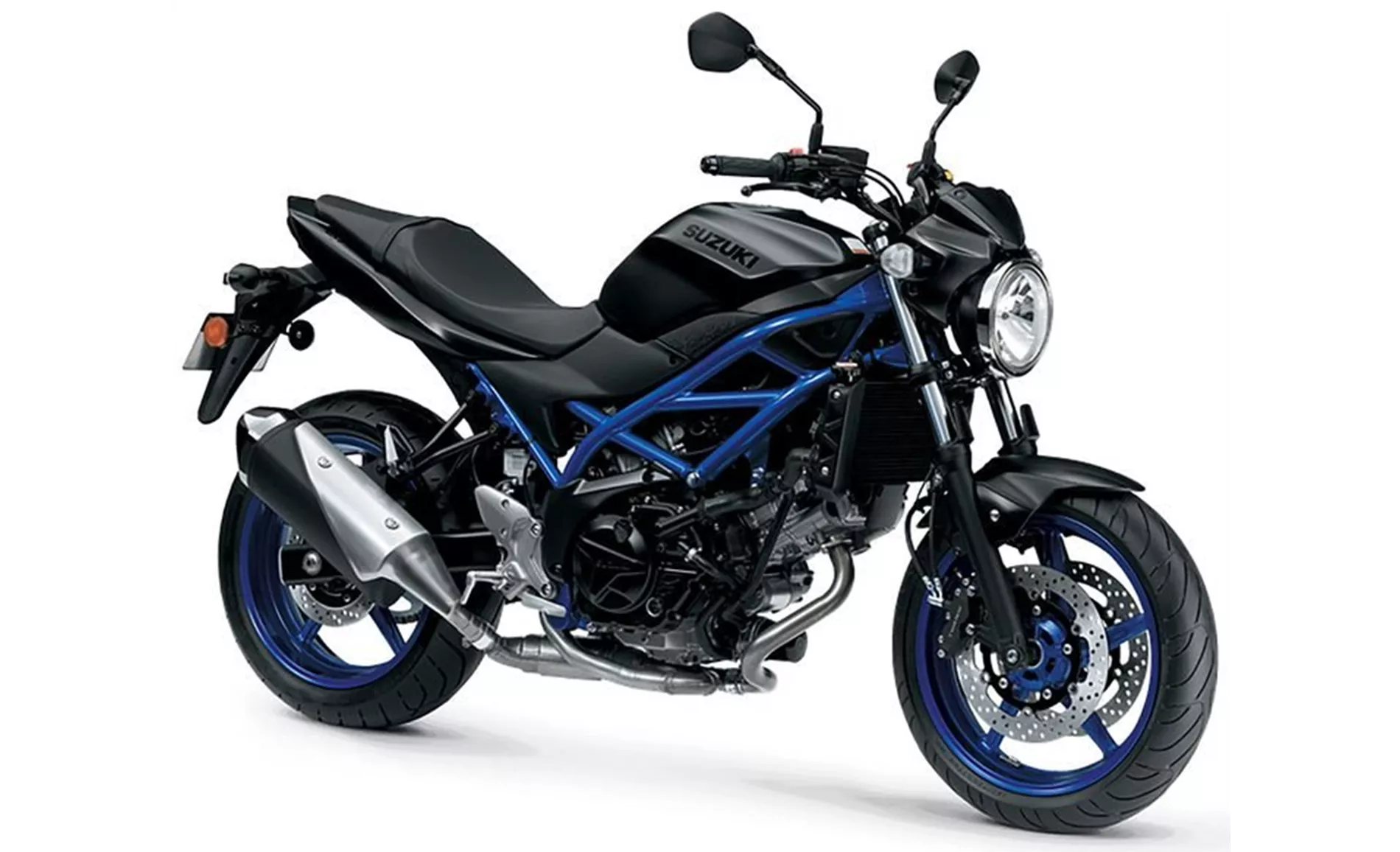
Suzuki SV 650 2021
As for weaknesses, the Honda CB650F 2014 does not have any listed weaknesses. However, the Suzuki SV 650 2021 has a brake that requires manual force, lacks electronics other than ABS, and has instruments that are moderately readable.
In conclusion, both the Honda CB650F 2014 and the Suzuki SV 650 2021 are solid choices for riders looking for a naked bike with sporty performance and comfortable ergonomics. The Honda CB650F offers excellent braking and a sporty appearance, while the Suzuki SV 650 provides a characterful V2 engine and easy handling. Ultimately, the choice between these two bikes will depend on individual preferences and priorities.
Technical Specifications Honda CB650F 2014 compared to Suzuki SV 650 2021
Pros and Cons in comparison
Pros and Cons in comparison
Honda CB650F 2014

The look is successful, the brakes surprisingly powerful, the chassis an impeccable compromise and the engine a smooth and confident comrade. For this coherent and high-quality combination, the introductory price of just under 8,000 euros is acceptable.
Suzuki SV 650 2021
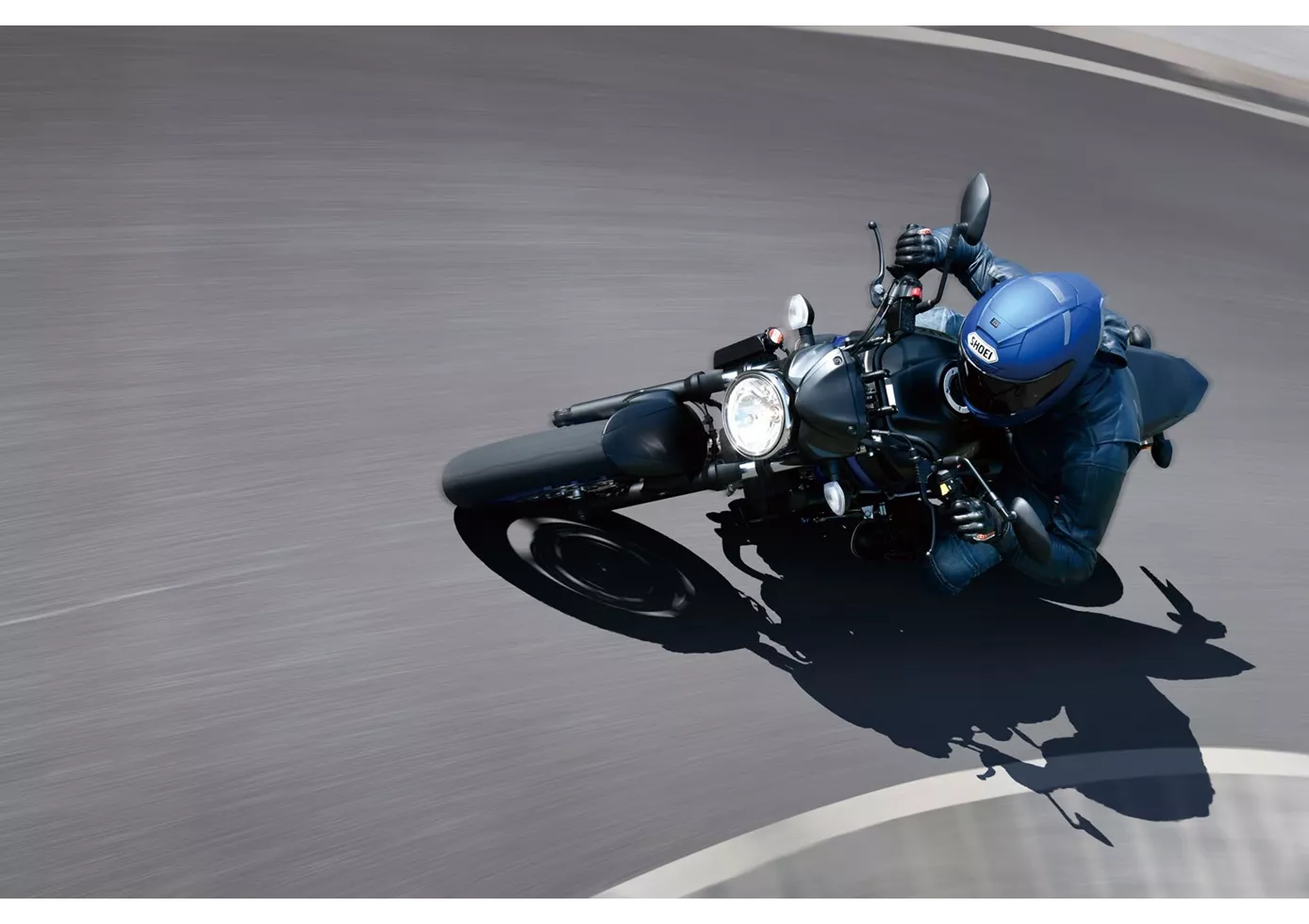
Not much has changed on the Suzuki SV 650 compared to its predecessor, five years ago. The engine has been updated to Euro5 and is now even more mature, which fits in perfectly with the rest of the package. The SV 650 doesn't want to scare anyone, especially beginners. The chassis makes a solid, unagitated impression, the brakes require a lot of manual force to prevent unexpected overbraking. The look is timeless on the one hand, but on the other hand some components are really a bit outdated. On the other hand, the price is fair, as usual for Suzuki.
Price Comparison Avarage Market Price Honda CB650F vs Suzuki SV 650
There are a few key differences between a Honda CB650F 2014 and a Suzuki SV 650 2021. It takes less time to sell a Honda CB650F with 45 days compared to 111 days for a Suzuki SV 650. Since model year 2014 1000PS.de editors have written 14 reviews for the Honda CB650F and 25 reviews for the Suzuki SV 650 since model year 2005. The first review for the Honda CB650F was published on 04/11/2013 and now has more than 14,100 views. This compares to more than 14,200 views for the first review on Suzuki SV 650 published on 26/09/2008.

